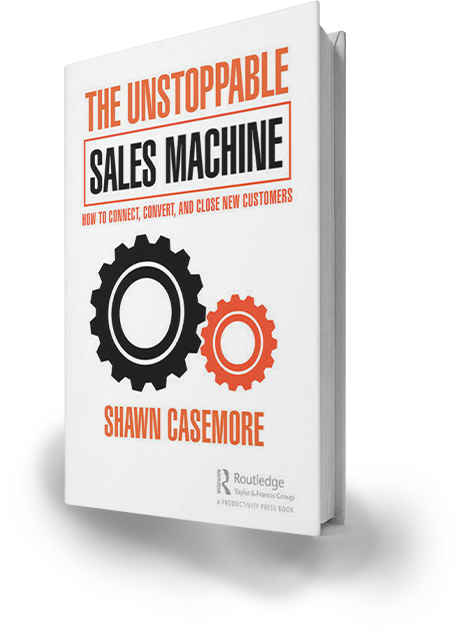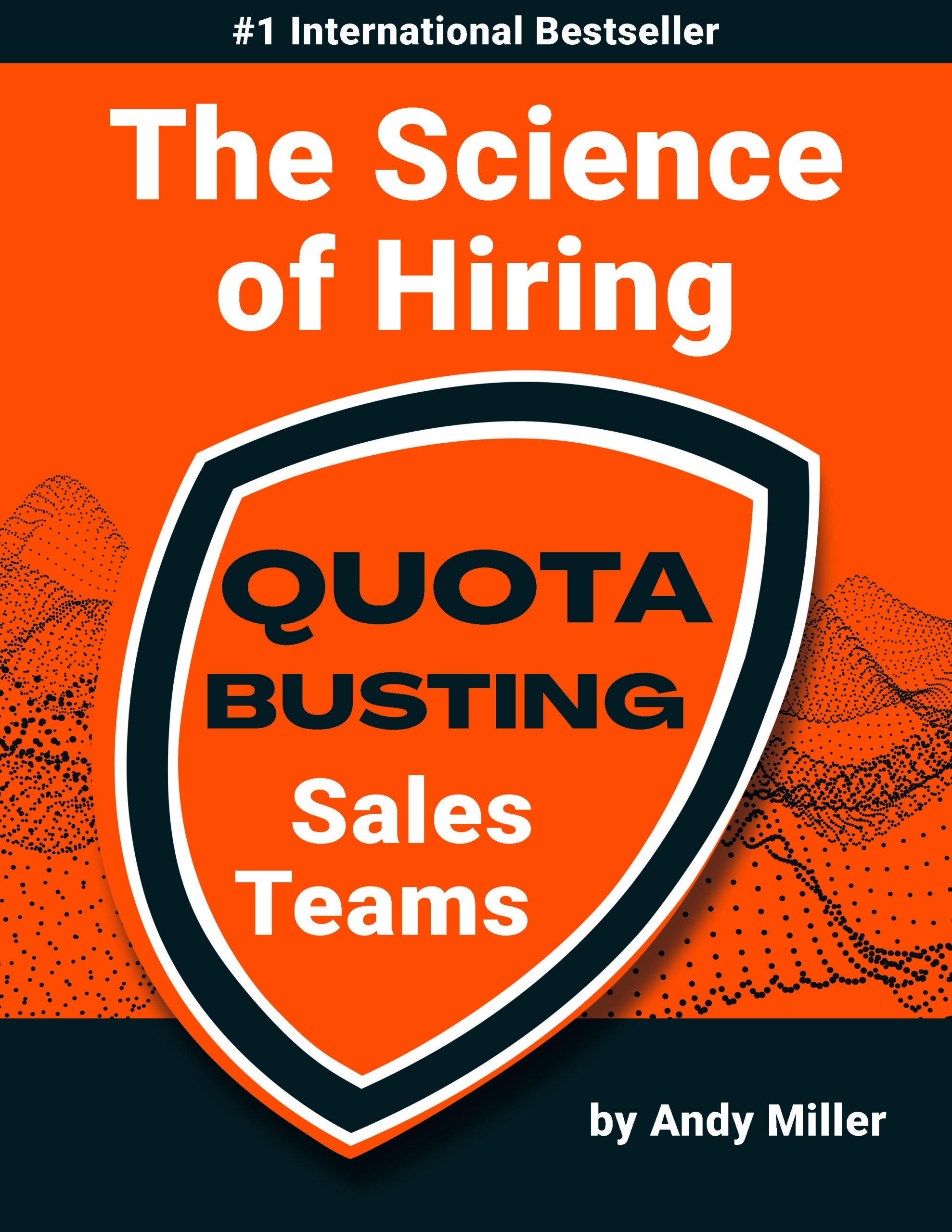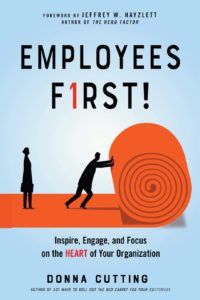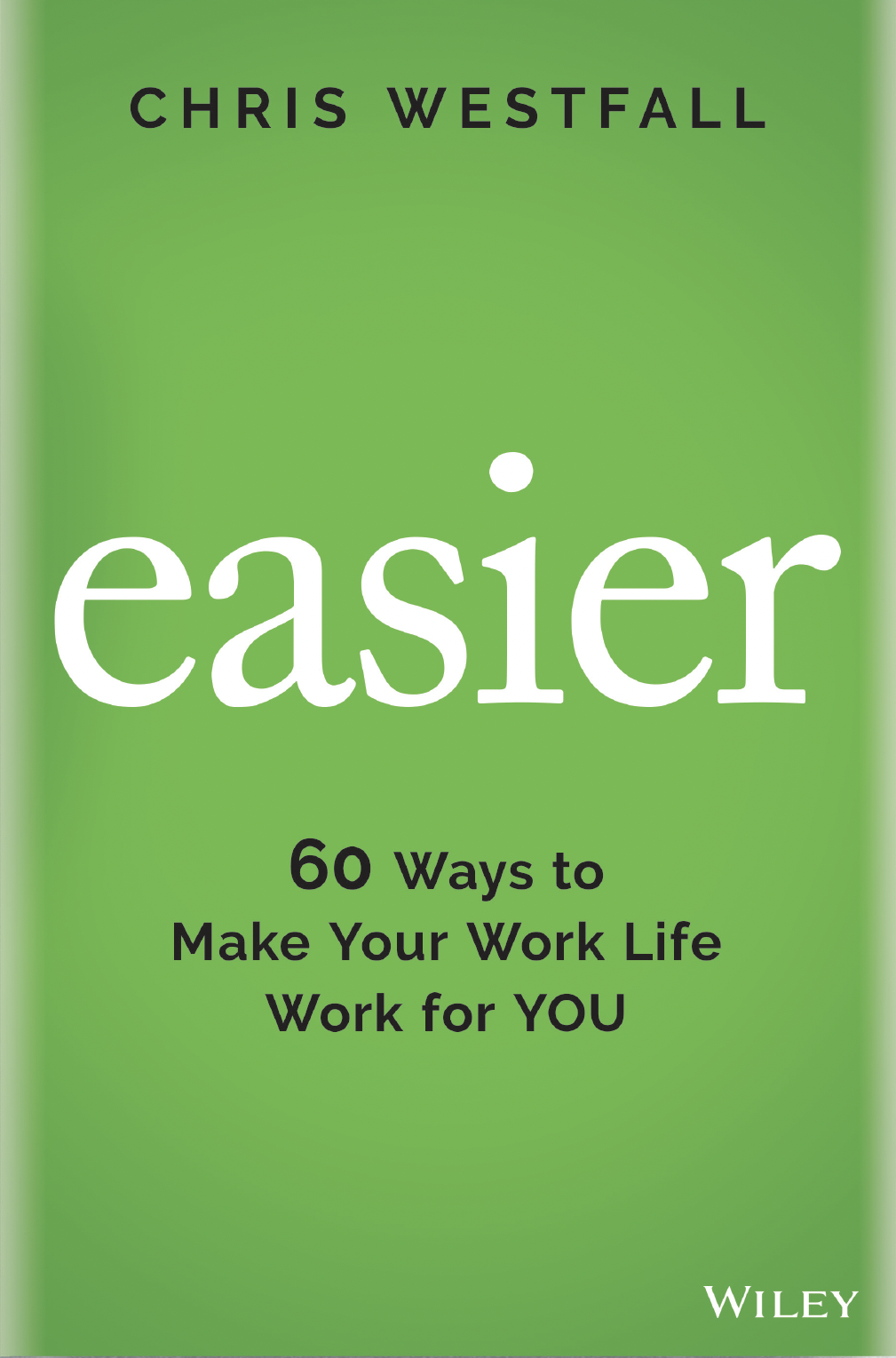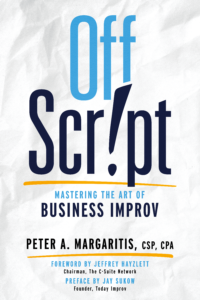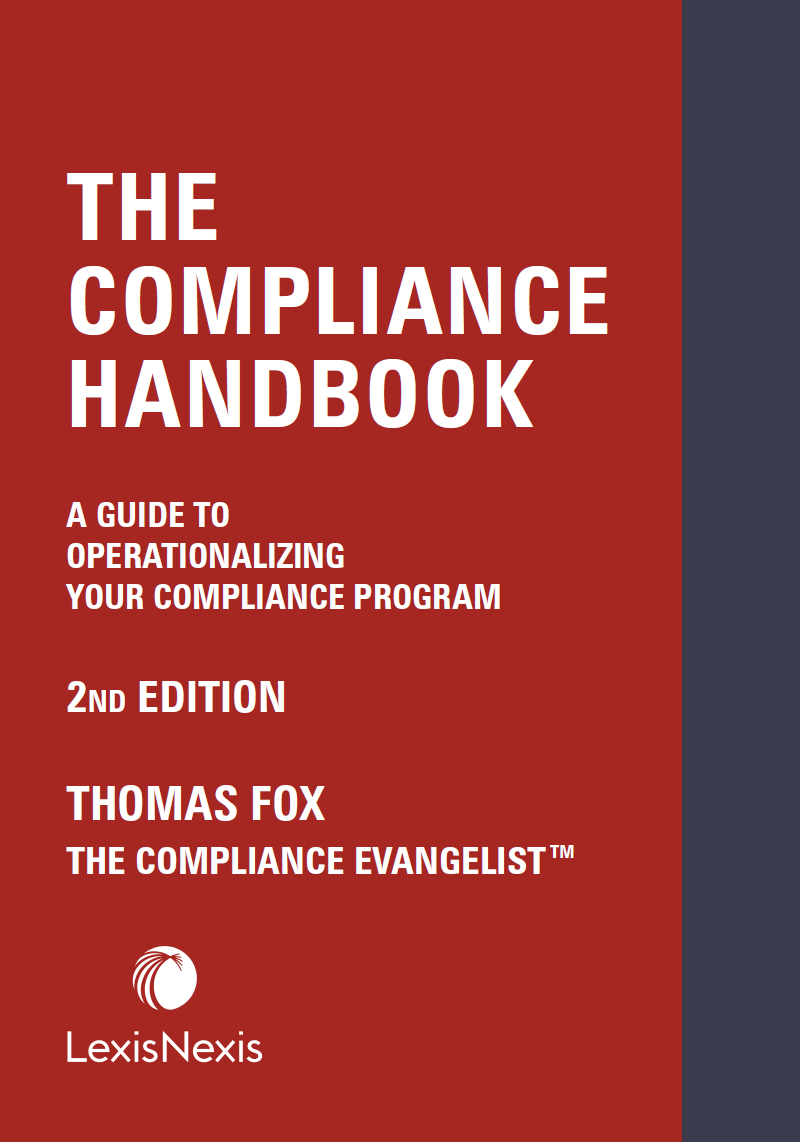Operational Empowerment: Collaborate, Innovate and Engage to Beat the Competition
Shawn Casemore
This practical guide from an experienced leader in business fuses traditional operational tactics with the popular growing field of employee empowerment. The author’s unique, integrated approach has proven to be the best method for surviving in the toughest of markets—and beating the competition at their own game. More than any other management guide, Operational Empowerment shows forward-thinking leaders how to build a continuous improvement community that works for everyone, transform your culture and drive innovation from within, repeat and sustain peak performance and productivity and tap into the greatest resource you will ever have: your people.
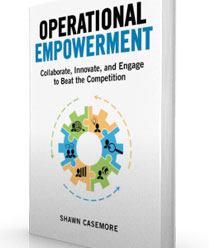

Each year I support dozens of CEOs and Executives with developing and achieving their strategy. I’m always surprised when I connect with a new client as to how isolated their approach to strategy formulation is. Often squirreled away at some offsite facility attempting to extract new ideas that sound vaguely familiar to what’s been discussed in previous years.
Having a strategy that is clear and compelling is great, but if it fails to incorporate input and ideas from those outside the C-Suite it will in turn fail to gain traction once initiated. This is why nearly 70% of all corporate strategies in north america fail to be achieved. They are created in isolation.
Since a strategy is only as successful as the outcomes it delivers, then the more people we can incorporate in the process the greater our chances of ensuring diversity in design, and engagement in delivery.
Fortunately the solution is quite simple. Create a strategy that is compelling by engaging multiple stakeholder groups in its formulation. By obtaining more input, perspective and ideas in the strategy formulation, we in turn ensure the strategy is relevant, achievable and has the support both inside and outside our business to ensure success.
There are three key steps to creating this type of empowered strategy, namely:
Interview of key customer accounts: Where is their business going? What is their vision and how can you become a part of it?
Interview of strategic suppliers: Where is the market heading? What new innovations are on the horizon and how can they help you?
Interview front line employees: Where should the business improve? Why are the improvements necessary? How should introduce the improvements?
Notice in these questions the transition from where to what? This transition supports the formulation of powerful actions as input provided from stakeholders is less about where we should be going, and more about what should we do differently taking guess work (on the part of the C Suite) out of the equation.
So before you formulate your next strategy, try tapping into the three key sources of stakeholders to contribute their perspectives and ideas using the transition questions above. I think you’ll find that by empowering those who support your business to contribute to your strategy you will have a much greater chance of actually reaching your vision.

Shawn Casemore has been helping CEOs and Executives for more than a decade empower their business to new levels of growth and profitability.
His satisfied clients from across North America have included Vokes Furniture, Gerson and Gerson, Bellwyck Packaging and McKenna Distribution to name a few.
As author of the Amazon #1 new release from McGraw Hill entitled “Operational Empowerment: Collaborate, Innovate and Engage to Beat the Competition” Shawn speaks regularly to CEO’s and business owners for TEC, Vistage and MacKay’s CEO Forums on topics related to improving business performance and profitability by maximizing employee, supplier and customer empowerment.





